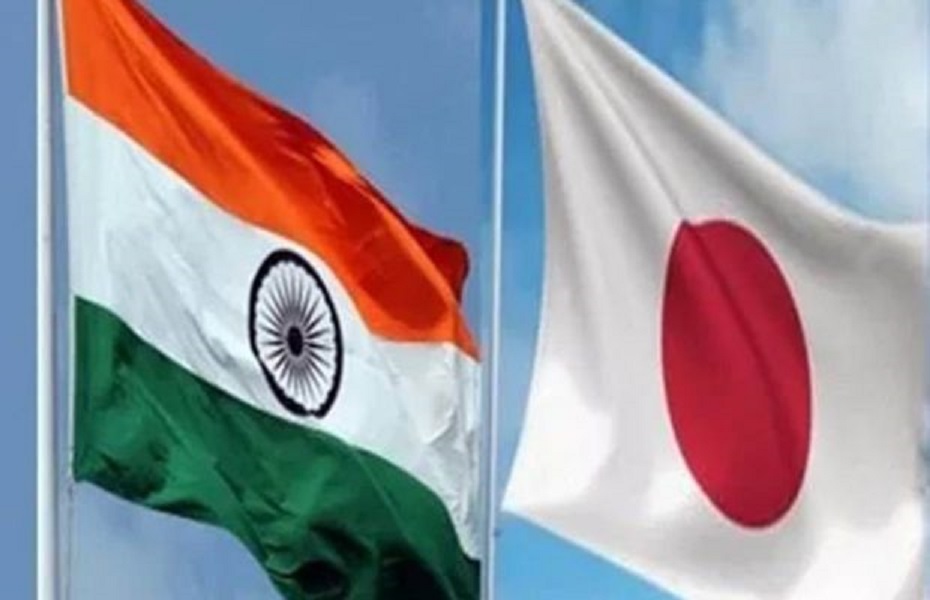The scope for improvement in the maritime relations between the two partners, Japan and India, is huge. Japan is deemed to be a part of India’s extended neighbourhood, but it is worth noting that Japan and India are close to 6,000 km apart within the confines of continental Asia. Maritime relations between two of the world’s largest economies are, hence, built on an imaginative contraction of geography as a symbol of closeness to ensure prosperous neighbourliness. India is expending immense enthusiasm to the East Asian region through its Act East Policy (AEP). Relations with Japan, the Republic of Korea, Russia, and Taiwan have never been better, owing to the necessity to compete with and eventually attempt to topple the overarching and burdensome Chinese hegemony, which was shrewdly depicted in the events that have unfolded in the wake of the Galwan Valley standoff in India’s union territory of Ladakh.
Regarding this, it is important to shape the trajectory of the growth of relations between India and Japan, particularly in the maritime domain. Presently, cooperation between New Delhi and Tokyo in the waters that separate them involves the India-Japan naval exercises i. e. the JIMEX, joint port development aimed at assisting emerging countries in the Indian subcontinent such as Sri Lanka with Japan and India as equal partners, Japanese investments in India’s maritime domain such as the financing of the infrastructure projects in India’s Andaman and Nicobar Islands through its Official Development Assistance (ODA) program. The ODA program involves dispensing soft loans via the Japan International Cooperation Agency (JICA) at nominal interest rates, and India has been one of the key recipients of Japanese lending. The scope of joint investments that prove to be mutually beneficial to Japan and India can be explored vis-à-vis the countries of the region. For example, Japan is building a highway in southern Myanmar to facilitate exports to India, indicating a multi-pronged approach to the region in which it already has an extended program for its ODA, including highways, infrastructure projects, and development corridors.
India’s ports could find themselves at the centre of Japanese investments through the ODA program. Japan is leading the connectivity pillar of India’s Indo-Pacific Oceans Initiative (IPOI) and ports remain at the centre of all connectivity in the region. India’s maritime architecture is hierarchical and consists of several layers, with ports, the seabed for joint exploration, and other types of ports such as inland ports and dry ports that can be helped with the utility of Japanese expertise. Since 2008, India and Japan have engaged in unilateral anti-piracy patrols off the Gulf of Aden. The two countries should consider joint operations to improve the effectiveness in dealing with the menace of piracy in a region where, through the auspices of the Asia-Africa Growth Corridor (AAGC), Japanese and Indian investments are witnessing a surge.
India can learn from Japanese patrols off the Horn of Africa and the Straits of Hormuz (Persian Gulf) through the Air Self-Defense Forces’ (ASDF) P-3C aircraft stationed in the Ambouli ASDF base in the east African coastal country of Djibouti. Japan also undertook a two-year maritime security mission in the Persian Gulf in conflict with rising pirate activities in the area. The unilateral deployment of the Japanese Maritime Self-Defense Forces (MSDF) in the Straits of Hormuz is a step forward in security assistance to the region, while India has sought access to the Japanese base in Djibouti to achieve strategic parity with China. The mission lasted for two years.
The infamous MV Alondra Rainbow case by Indonesian pirates involved a hijacking of the Panama-flagged Japanese vessel, the MV Alondra Rainbow, in October 1999. The Indian Navy and the Indian Coast Guard were responsible for the extraction of the pirates and this resulted in the case falling within the realm of Indian jurisdiction. The tragedy that unfolded near the Indian coastline indicated the need for closer cooperation between Japan and India as regards incidents of piracy. Owing to the dangerous character of the Southeast and Indian maritime milieus, it is worth keeping in mind the obdurate nature of non-state actors, maritime terrorists, pirates, etc, in troubled waters. The two maritime zones account for some of the worst incidents of maritime debauchery. The number of pirate incidents, combined for the two regions, between January and May 2020 totalled 54, with 5 incidents having taken place around India’s vast coastline of 7516 km.
The regions in maritime Asia are becoming increasingly prone to natural disasters. Humanitarian assistance relief, both joint and independent to other countries, has emerged as a critical imperative. In addition to the Indian Ocean tsunami of 2004 and the Fukushima Daiichi nuclear reactor disaster of 2011, cyclones, volcanoes, and earthquakes are beginning to frequent the greater Asian region. With due consideration to them, the need to ensure quick and effective disaster response requires having the right mechanisms in place, and India and Japan would do well to consider joint responses to disasters and invite other allies and partners in the region to advance their cause. India and Japan are cooperating plenty in the Indian Ocean. The Maritime Partnership Exercise (MPEX) is a unique venture between the two countries to improve understanding between the IN and the JMSDF within the Indo-Pacific while the JIMEX (Japan-India Maritime Exercise) has become an annual standard. Further, the two countries will benefit from a Japanese presence in the Indian Ocean that is attuned to maritime security in equal priority with infrastructure, energy security, food security, and other such national interests. For Japan, the Indian Ocean region is a welcoming one and its leaders will have to choose wisely.
Disclaimer: The views and opinions expressed by the author do not necessarily reflect the views of the Government of India and Defence Research and Studies
Title image courtesy: Financial Express





